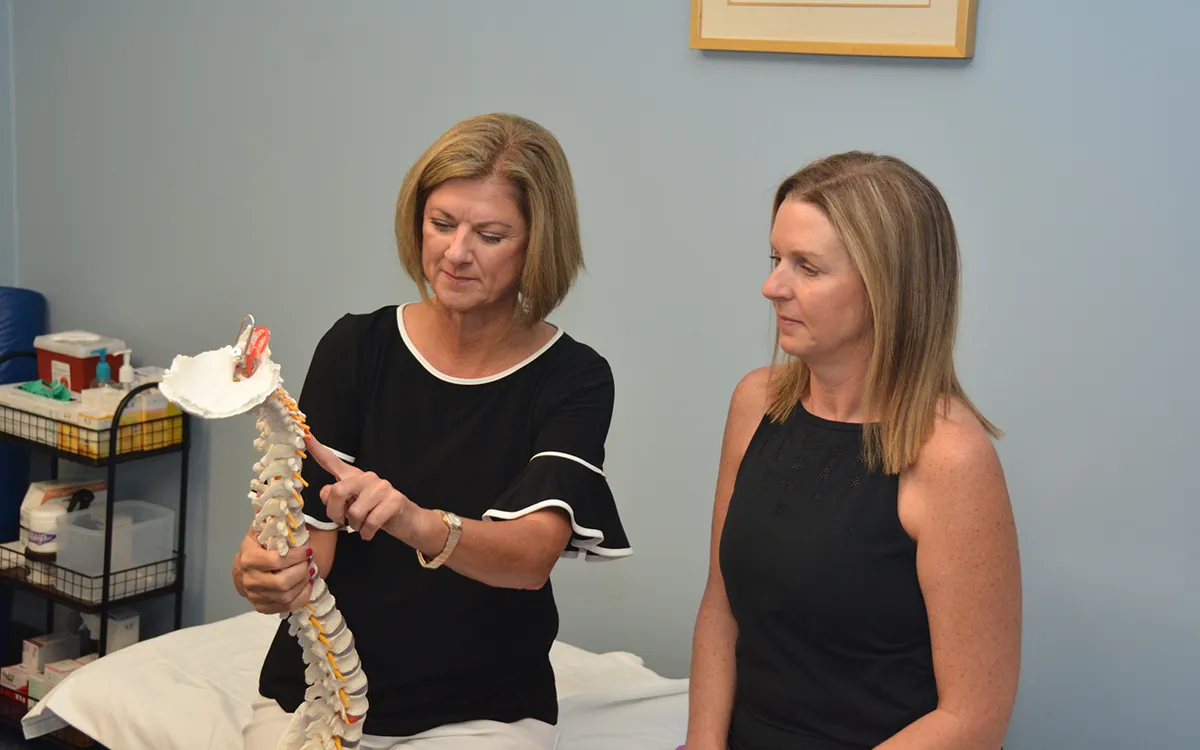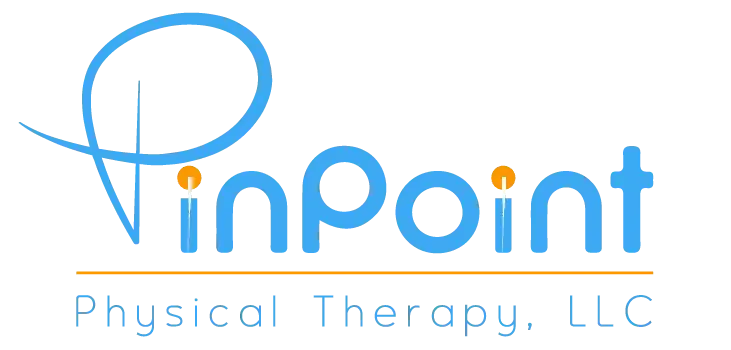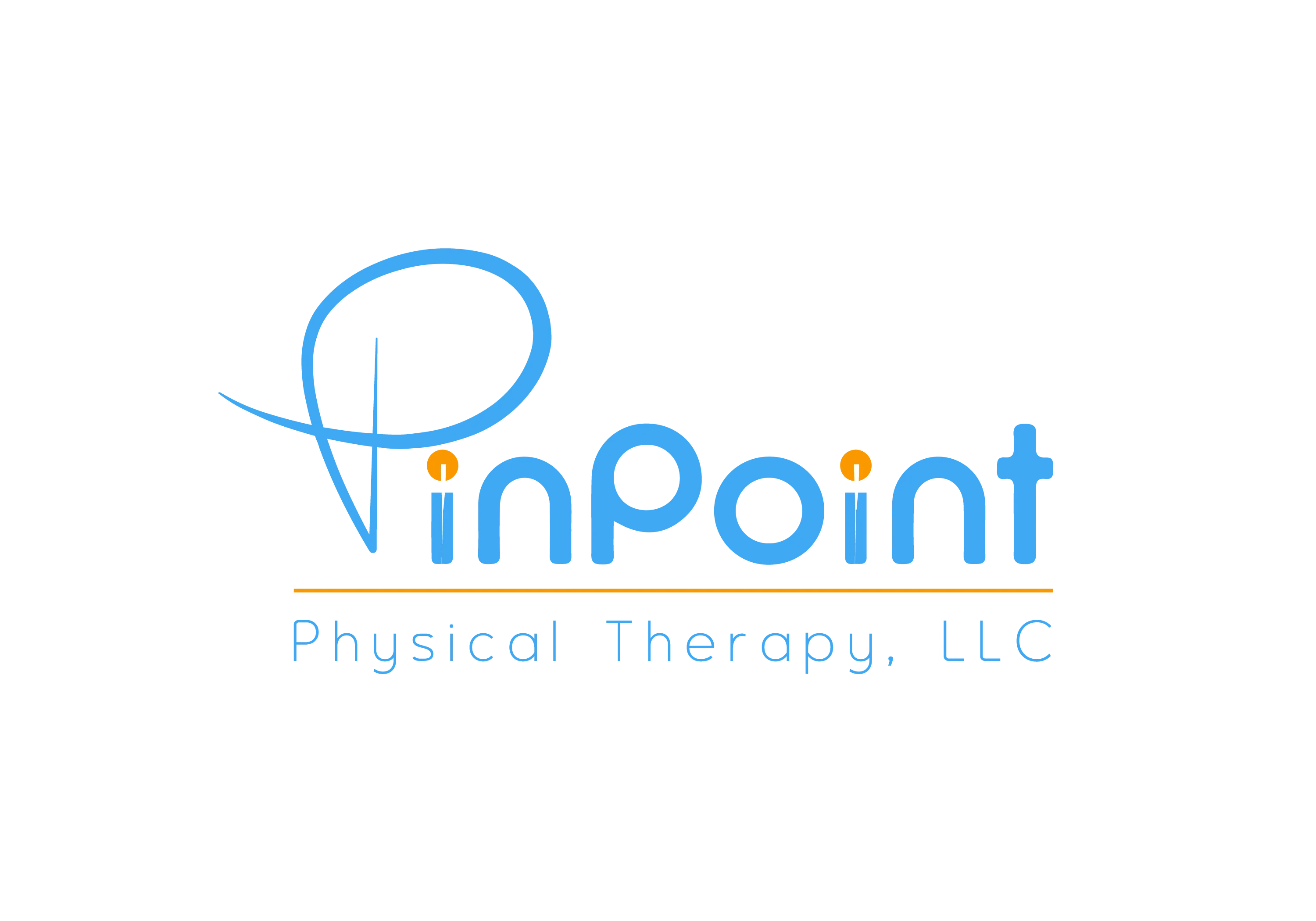Performance Enhancement Screening In Charlotte

Achieving peak performance in sports and physical activities requires more than just talent and practice. It requires a comprehensive understanding of an individual’s physical capabilities, strengths, weaknesses, and areas for improvement. Performance enhancement screening is a valuable tool used by athletes, coaches, and sports scientists to assess an individual’s physical attributes and develop targeted strategies to maximize their potential. In this article, we will explore the concept of performance enhancement screening, its importance, and how it can help individuals reach new heights in their chosen pursuits.
Understanding Performance Enhancement Screening
Performance enhancement screening involves a series of assessments and evaluations designed to measure and analyze an individual’s physical capabilities and performance factors. It goes beyond traditional fitness assessments by delving into specific areas that directly impact athletic performance. The screening process typically involves a combination of tests, measurements, and analysis, focusing on areas such as strength, power, speed, agility, flexibility, and endurance.
Benefits of Performance Enhancement Screening
Performance enhancement screening offers numerous benefits to athletes and individuals seeking to maximize their physical performance:
Identify Strengths and Weaknesses: Through comprehensive testing and analysis, performance enhancement screening provides a clear picture of an individual’s strengths and weaknesses. It helps athletes understand their physical attributes in relation to their sport or activity, enabling them to capitalize on their strengths and develop targeted strategies to improve their weaknesses.
Tailored Training Programs: Armed with knowledge about an individual’s physical capabilities and limitations, coaches and trainers can design personalized training programs. These programs focus on specific areas that require improvement, allowing athletes to optimize their training efforts and make efficient progress toward their performance goals.
Injury Prevention: Performance enhancement screening also helps identify potential areas of vulnerability that may lead to injuries. By evaluating factors such as muscular imbalances, joint stability, and movement patterns, screening can pinpoint areas that require attention and implement injury prevention strategies such as corrective exercises, mobility work, or technique modifications.
Performance Optimization: The data and insights gathered through performance enhancement screening can be used to optimize performance in various ways. By identifying areas for improvement, athletes can fine-tune their technique, enhance their power output, increase speed and agility, and improve overall physical performance. This can lead to improved results in competitions and enhanced athletic achievements.
Monitoring Progress: Regular performance enhancement screenings allow athletes to monitor their progress over time. By comparing results from different screenings, athletes can track their improvements and make necessary adjustments to their training programs. This feedback loop helps athletes stay motivated, adjust their goals, and make informed decisions regarding their training and performance strategies.
Components of Performance Enhancement Screening
Performance enhancement screening encompasses various components and assessments depending on the specific sport or activity. Some common components include:
Anthropometric Measurements: These measurements include height, weight, body composition, limb lengths, and segmental proportions. Anthropometric data provides valuable information about an individual’s body composition and potential advantages or limitations in certain sports.
Strength and Power Assessments: These assessments evaluate an individual’s maximum strength, explosive power, and muscular endurance. Tests such as one-repetition maximum (1RM) lifts, vertical jump height, or medicine ball throws provide insights into an athlete’s ability to generate force and power.
Speed and Agility Testing: Speed and agility assessments measure an individual’s ability to accelerate, decelerate, change direction, and react quickly. Tests such as the 40-yard dash, agility shuttle runs, or reactive agility drills provide valuable information about an athlete’s quickness and agility.
Flexibility and Range of Motion: Flexibility assessments focus on an individual’s joint mobility, muscular flexibility, and range of motion. These tests help identify areas of tightness or limited mobility that may affect performance or increase the risk of injuries.
Endurance Testing: Endurance assessments evaluate an individual’s cardiovascular fitness and muscular endurance. Tests such as the VO2 max test, Cooper’s test, or timed endurance activities provide insights into an athlete’s ability to sustain prolonged efforts and recover efficiently.
Sport-Specific Assessments: Performance enhancement screening also includes sport-specific assessments that measure skills and abilities directly related to the specific sport or activity. For example, a tennis player may undergo assessments that evaluate their serve speed, accuracy, and footwork, while a basketball player may focus on shooting accuracy, vertical jump, and agility in specific drills.
Integration of Technology in Performance Enhancement Screening
Advancements in technology have revolutionized performance enhancement screening, enabling more accurate measurements and detailed analysis. Various tools and technologies are used to enhance the screening process, including:
Wearable Devices: Athletes can utilize wearable devices such as heart rate monitors, GPS trackers, or accelerometers to collect real-time data during training and competition. These devices provide valuable insights into performance metrics, such as heart rate variability, speed, distance covered, and acceleration, which can be analyzed to optimize training programs and monitor progress.
Motion Capture Systems: Motion capture systems utilize cameras and sensors to track and record movement patterns during specific exercises or sport-specific movements. This technology provides detailed biomechanical analysis, allowing for precise assessment of technique, joint angles, and movement efficiency.
Force Plates: Force plates are used to measure ground reaction forces during various movements, such as jumps or directional changes. This data helps assess an athlete’s ability to generate force, detect imbalances, and optimize movement patterns.
Data Analysis Software: Advanced data analysis software allows for the interpretation and visualization of collected data from performance enhancement screenings. Coaches and sports scientists can utilize these tools to identify trends, track progress, and make informed decisions regarding training and performance strategies.
Get the Help You Deserve
Performance enhancement screening plays a vital role in maximizing an individual’s potential and achieving peak performance in sports and physical activities. By assessing an athlete’s strengths, weaknesses, and areas for improvement, performance enhancement screening provides valuable insights that can be used to tailor training programs, prevent injuries, and optimize performance. With the integration of technology, the screening process has become more precise, enabling detailed analysis and personalized feedback. Athletes, coaches, and sports scientists can utilize performance enhancement screening as a powerful tool to unlock their full potential and excel in their chosen pursuits.



